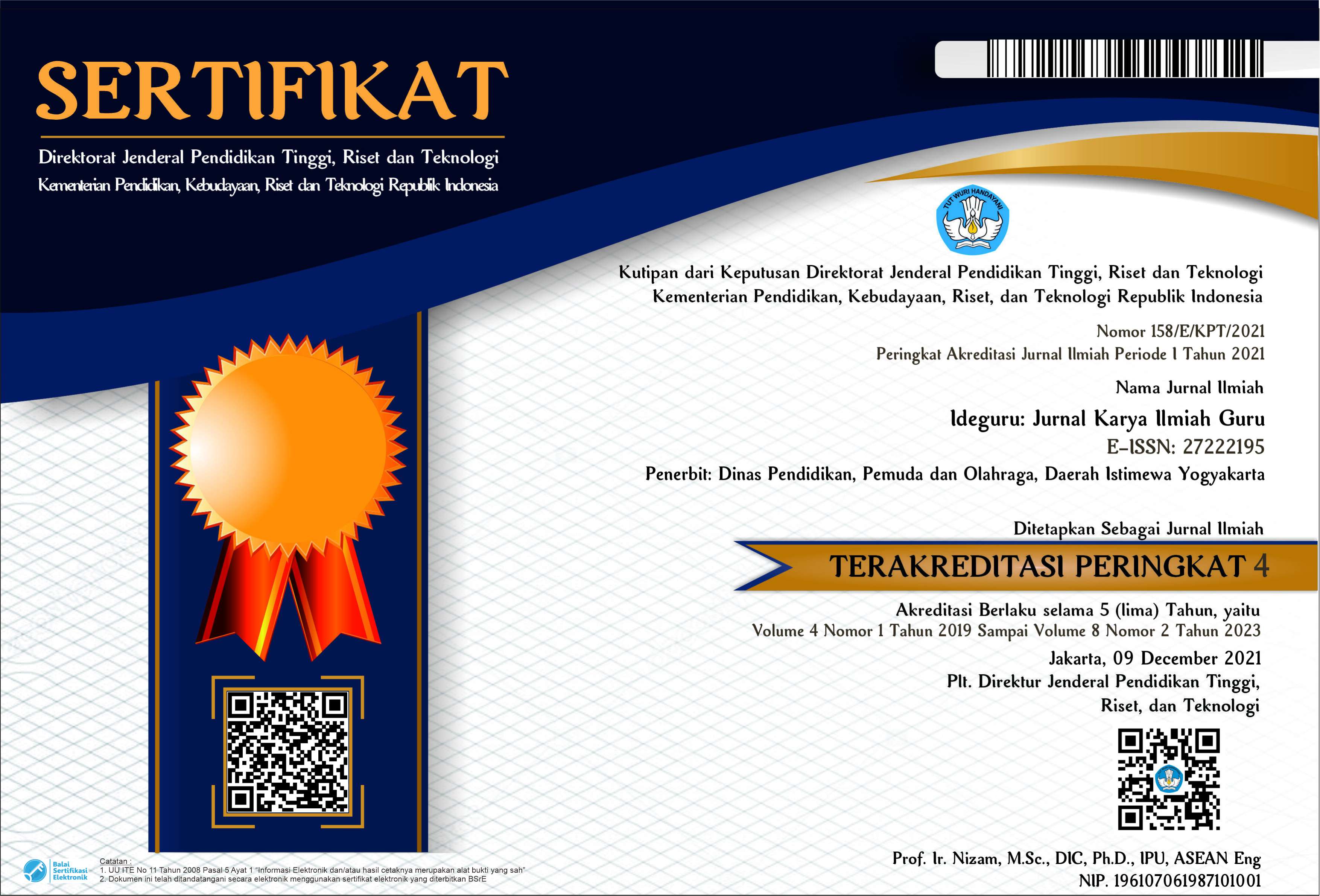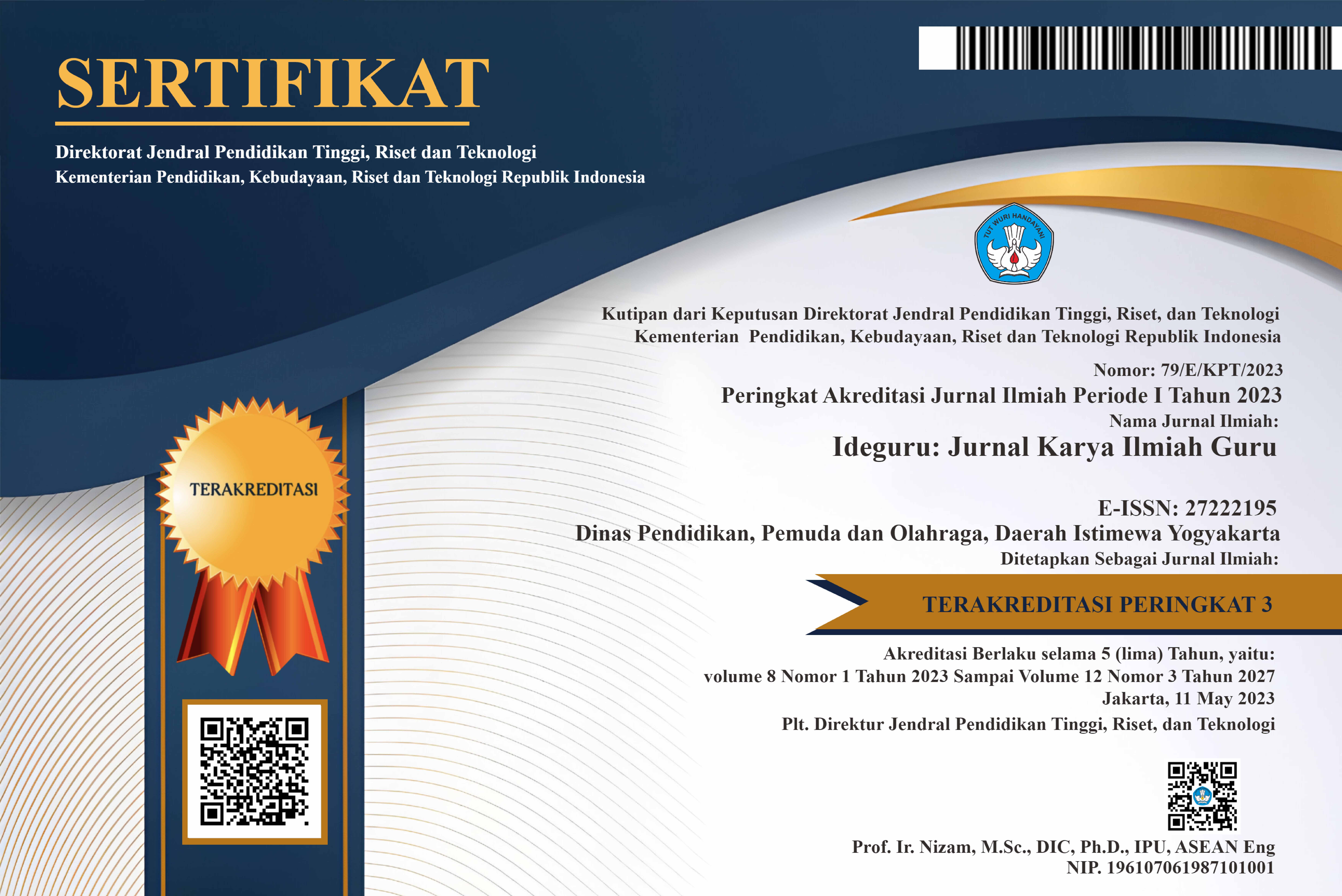Islamic Religious Education Curriculum Organization
Abstract
Curriculum organization plays an important role in organizing the learning process, so that a deep understanding of it makes it easier for educators to achieve learning goals. This study aims to further analyze the organization of the Islamic Religious Education (PAI) curriculum, including its forms, advantages and disadvantages, main principles, factors that need to be considered, and organizational procedures. This study is a literature study with a content analysis approach. The results of the study indicate that there are several forms of PAI curriculum organization that are in accordance with the characteristics and needs of Islamic educational institutions, namely: separate subject curriculum, correlated curriculum, broad fields curriculum, and integrated curriculum. The main principles that must be considered include integration, balance, freedom, equality, sustainability, and welfare. Important factors in organizing the PAI curriculum include scope, sequence, continuity, balance, and integration. The procedures that need to be considered include six approaches: reorganization based on learning resources, patchwork, activity analysis, opinion surveys, social functions and roles, and student interests and needs. This study provides important insights to improve the effectiveness of the PAI curriculum in Islamic educational institutions.
PDF Downloads
Copyright (c) 2025 Muh. Luqmanul Hakim, Muh. Asharif Suleman, Zulfi Idayanti, M. Muhlis, Trianita Nurhadiningtyas

This work is licensed under a Creative Commons Attribution 4.0 International License.

 DOI:
DOI:













